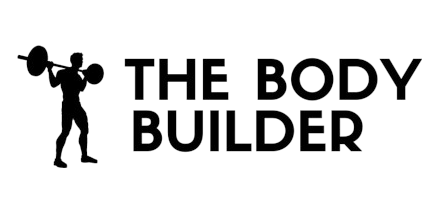The Straddle
The Straddle is an exercise that helps to stretch and strengthen the muscles of the lower body. It begins with the participant sitting in an upright position, with their legs in a V-shape in front of them. They then use their hands to lean forward as far as possible, holding the stretch for 10 to 20 seconds. This exercise is beneficial for improving balance and flexibility, as well as toning and strengthening the muscles in the lower body.
Type:
Stretching
Muscles Used:
Hamstrings
Level:
Intermediate
Equipment:
Body Only
Benefits Of This Exercise
- Improves balance and flexibility
- Tones and strengthens the lower body muscles
- Improves posture and reduces back pain
- Improves circulation and reduces fatigue
- Stretches the hip flexors, glutes, hamstrings, and calves
- Increases core strength and stability
- Improves range of motion and joint mobility
Step by Step Instructions For The Straddle
- Start by sitting down in an upright position.
- Extend your legs in front of you, forming a V shape.
- Place your hands on the floor in front of you.
- Lean forward slowly, bending at your waist, and try to reach as far as you can.
- Hold this position for 10 to 20 seconds, feeling the stretch in your legs and lower back.
Warm Up Tips
- Start with a gentle warm-up by doing some light cardio exercises like jogging or jumping jacks to get your blood flowing.
- Perform some dynamic stretches for your lower body such as leg swings and hip circles to loosen up your muscles.
- Sit in a seated, upright position and extend your legs in front of you in a V-shape.
- Place your hands on the floor in front of you and slowly lean forward, trying to bring your chest as close to the floor as possible.
- Hold the stretch for 10 to 20 seconds, focusing on breathing deeply and relaxing your muscles.
- Repeat the stretch 2 to 3 times, gradually increasing the intensity of the stretch each time.
- After completing the straddle stretch, take a few minutes to cool down by doing some light static stretches for your lower body.
- Finish your warm-up by gently shaking out your legs and doing some light walking or marching in place to increase blood flow to your muscles.
The Straddle Safety Tips
- Warm up before attempting the Straddle exercise to prevent muscle strains or injuries.
- Start with a smaller V-shape angle and gradually increase the stretch over time.
- Engage your core muscles and maintain an upright posture throughout the exercise.
- Do not bounce or force the stretch; instead, ease into it and hold for 10 to 20 seconds.
- If you feel any pain or discomfort, stop the exercise immediately and consult a healthcare professional.
- Avoid overstretching by listening to your body and not pushing beyond your limits.
- Keep your breathing steady and relaxed while performing the Straddle exercise.
- Place your hands on a supportive surface, such as a yoga block or mat, to provide stability and prevent slipping.
- If you have any pre-existing medical conditions or injuries, consult with a healthcare professional before attempting the Straddle exercise.
- Gradually increase the duration of the stretch as your flexibility improves, but avoid excessive stretching to prevent muscle strains or tears.
Incorporating Into Other Workouts
The Straddle exercise can be incorporated into workouts in the following ways:
1. Warm-up: Start your workout by performing a few sets of the Straddle exercise. This will help to warm up the muscles in your lower body and increase flexibility before moving on to more intense exercises.
2. Stretching routine: Include the Straddle exercise as part of your stretching routine. Perform it after a cardio or strength training workout to help cool down and stretch out the muscles in your legs and hips.
3. Yoga or Pilates class: The Straddle exercise is commonly included in yoga and Pilates classes. Join a class that focuses on flexibility and core strength to incorporate this exercise into your routine.
4. Circuit training: Add the Straddle exercise to a circuit training workout. Include it as one of the stations, performing it for a set amount of time or repetitions before moving on to the next exercise.
5. Superset with other exercises: Pair the Straddle exercise with other lower body exercises to create a superset. For example, perform a set of squats followed by a set of the Straddle exercise, alternating between the two for a challenging lower body workout.
6. Progression: As you become more flexible and comfortable with the Straddle exercise, you can increase the difficulty by using yoga blocks or a stability ball to lean on. This will challenge your muscles even further and help you progress in your flexibility journey.
Remember to always listen to your body and modify the exercise as needed. If

